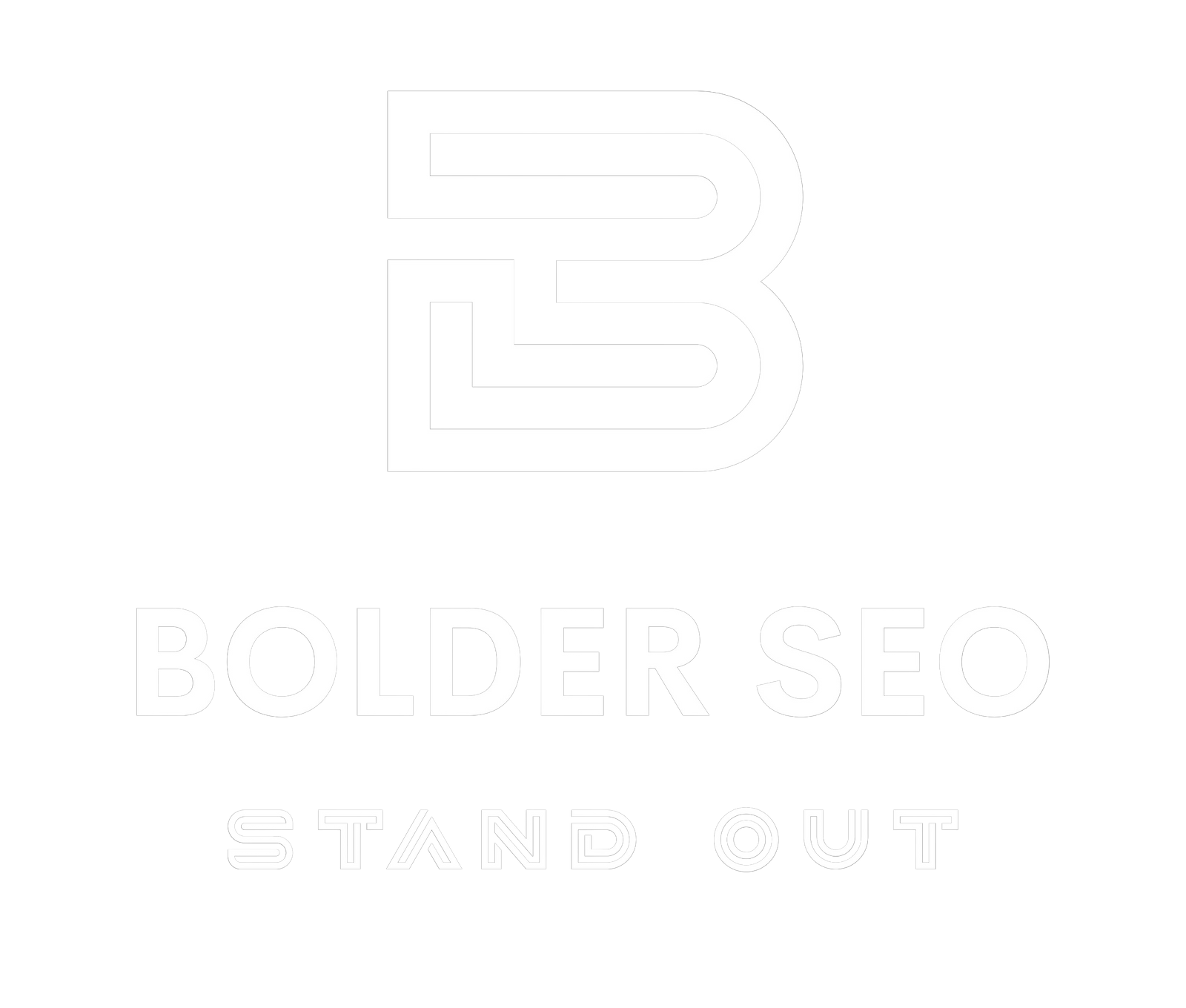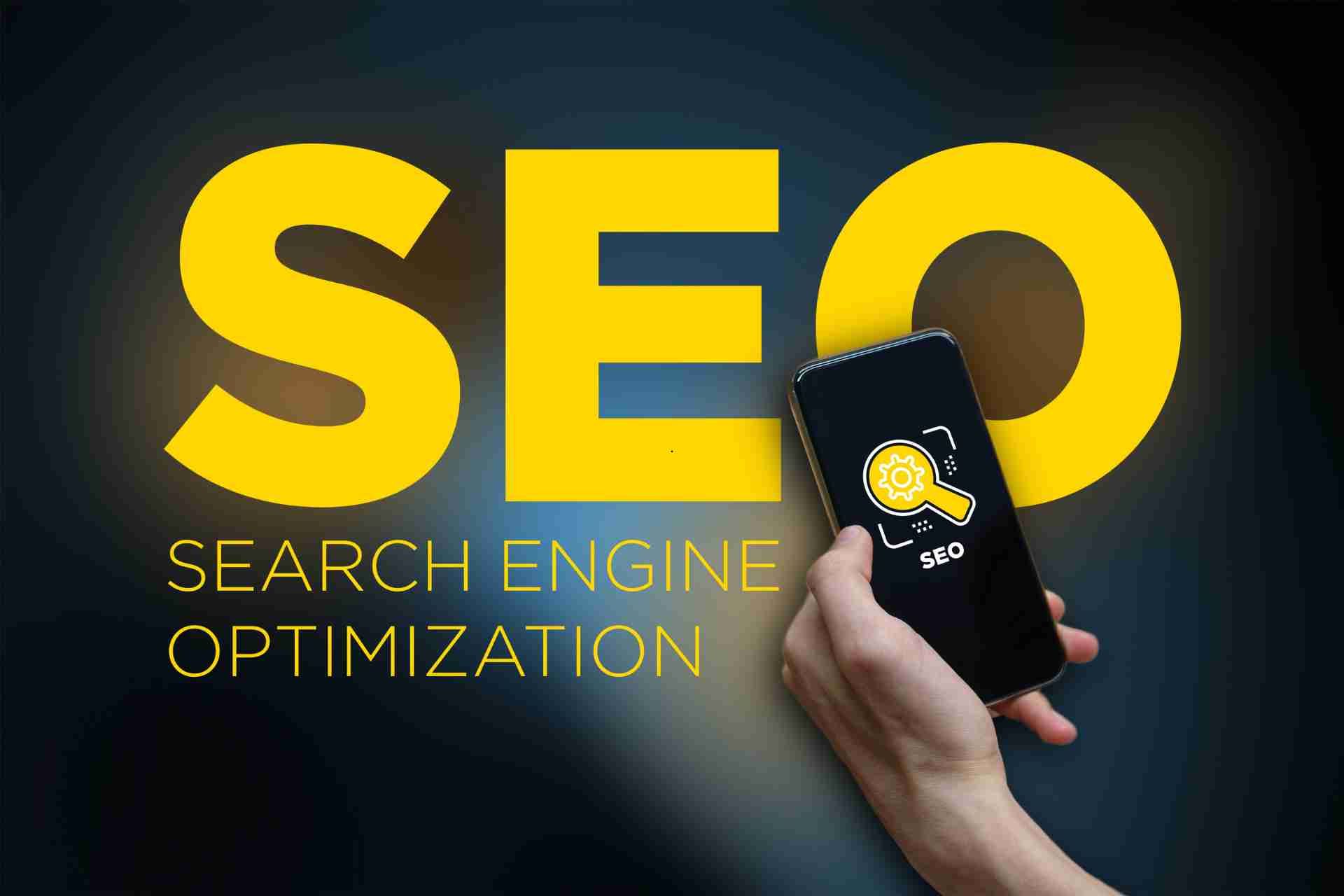What Is Keyword Intent and Why It Matters for SEO Success

When you're crafting content for your website, understanding keyword intent is essential for connecting with your audience. It’s not just about choosing the right keywords; it’s about grasping what users are truly looking for. This insight can significantly influence your SEO strategy and overall online visibility. So, how can you identify and leverage keyword intent to enhance your SEO performance? Let’s explore this important aspect together.
Understanding Keyword Intent: An Overview
When you’re crafting content for SEO, understanding keyword intent is essential, as it helps you align your strategy with what users are actually searching for.
Keyword intent refers to the underlying motivation behind a search query. This can range from informational, where users seek knowledge, to navigational, where they aim to reach a specific site, or transactional, where they intend to make a purchase.
By identifying these intents, you can tailor your content to meet users' needs more effectively. For instance, if someone searches for “best running shoes,” they likely want reviews or comparisons.
Understanding this intent allows you to create targeted, relevant content that resonates with your audience, ultimately driving more traffic and engagement to your site.
The Importance of Keyword Intent in SEO
Understanding keyword intent is crucial for effective SEO because it directly influences how well your content meets user expectations. When you grasp what users are searching for, you can tailor your content to address their needs.
This alignment not only enhances user satisfaction but also boosts your rankings on search engines. When your content resonates with the intent behind the keywords, visitors are more likely to engage, share, and convert.
Ignoring keyword intent, on the other hand, can lead to mismatched content that fails to attract or retain your audience. By prioritizing keyword intent, you’re ensuring that your SEO strategy is focused and effective, ultimately leading to greater visibility and success in your online endeavors.
Types of Keyword Intent
Keyword intent can be categorized into four primary types, each serving a unique purpose in a user's search journey.
The first type is navigational intent, where users search for specific websites or pages, like "Facebook login."
Next, you have transactional intent, which indicates a desire to make a purchase, such as "buy running shoes online."
The third type is commercial intent, where users research products before buying, like "best laptops 2023."
Finally, there’s local intent, where users look for services or businesses nearby, such as "pizza near me."
Understanding these types helps you tailor your content to meet user needs, ultimately improving your SEO strategy and driving relevant traffic to your site.
Informational Intent
People often turn to search engines to find answers to their questions or learn about specific topics, showcasing informational intent. When you search with this intent, you’re looking for knowledge, tips, or explanations rather than making a purchase.
It’s crucial for your SEO strategy to recognize these queries. For instance, if someone types "how to bake a cake," they want guidance, not ads for baking supplies.
To capture this traffic, create high-quality content that addresses common questions. Use clear headings, bullet points, and engaging visuals to enhance readability.
This way, you’ll not only attract visitors but also establish your authority in your niche. Remember, meeting informational intent can significantly boost your site’s traffic and engagement.
Navigational Intent
Have you ever found yourself typing a brand or website name directly into a search engine? That’s called navigational intent. When you search this way, you already know where you want to go, whether it’s a specific company’s site or a social media profile.
This type of intent is crucial for businesses because it indicates brand recognition and loyalty. By optimizing your website for navigational queries, you can ensure that users find you easily. This includes using relevant keywords, maintaining a strong online presence, and managing your brand’s reputation.
Transactional Intent
When it comes to online searches, transactional intent signifies a user’s readiness to make a purchase or complete a specific action. Understanding this intent helps you optimize your content effectively. When users search for terms like “buy shoes online” or “book flight tickets,” they’re looking to transact immediately.
Here's a quick overview of common transactional keywords:
Transactional Keywords Examples
|--------------------------|----------------------------|
Purchase “Buy now,” “Order today”
Subscription “Sign up for free trial”
Booking “Reserve hotel room”
Download “Get the app”
Commercial Investigation Intent
What drives users to research products before making a purchase? Often, it’s the desire to make informed decisions.
When you have commercial investigation intent, you’re looking for detailed information about a product or service. You want to compare options, read reviews, and find the best value for your money. This stage is crucial; you’re not ready to buy yet, but you’re gathering insights to guide your choice.
You might search for terms like “best laptops 2023” or “top-rated running shoes.” Understanding this intent helps businesses tailor their content to address your needs, providing comparisons, user experiences, and expert opinions.
Ultimately, you want to ensure that your investment is worthwhile, and that’s where commercial investigation plays a vital role.
How to Identify Keyword Intent
How can you effectively determine the intent behind a keyword? Start by analyzing the keyword itself. Look for clues within the words; for instance, terms like "buy," "best," or "reviews" often signal commercial intent.
Next, consider the search results. Type the keyword into a search engine and examine the top-ranking pages. Are they informational articles, product listings, or comparison sites? This gives you context about what users expect.
Additionally, use tools like Google Keyword Planner or SEMrush to explore related phrases and their performance.
Finally, pay attention to the questions people ask around that keyword; these can reveal deeper insights into their intent. By combining these methods, you’ll better understand what users are seeking.
Crafting Content Based on Keyword Intent
Understanding keyword intent is crucial for crafting content that resonates with your audience. When you know what users are searching for, you can tailor your content to meet their needs effectively.
Start by aligning your content with the keyword's intent—whether it's informational, navigational, or transactional. For instance, if a user seeks "best running shoes," create a comparison guide or a review that offers value.
Don't forget to incorporate related keywords and phrases that enhance context and relevance. Use engaging headlines and clear calls-to-action to direct your audience, ensuring they find what they need.
Ultimately, by focusing on keyword intent, you’ll foster a deeper connection with your readers and improve your content's overall effectiveness.
Measuring the Impact of Keyword Intent on SEO Performance
Measuring the impact of keyword intent on SEO performance is essential for optimizing your strategy and achieving better results.
By understanding how keyword intent influences user behavior, you can refine your content and boost your rankings.
Here are three key metrics to focus on:
1. Click-Through Rate (CTR): Analyze how well your targeted keywords are attracting clicks compared to impressions.
2. Conversion Rate: Measure how many visitors complete desired actions, like signing up or making a purchase, based on their search intent.
3. Bounce Rate: Monitor the percentage of visitors who leave your page quickly; a high bounce rate may indicate a mismatch between keyword intent and content.
Conclusion
In summary, understanding keyword intent is essential for your SEO success. By recognizing the different types of intent—informational, navigational, and commercial—you can tailor your content to meet user needs effectively. This alignment not only boosts user satisfaction but also enhances your site’s visibility and engagement. So, take the time to identify keyword intent in your strategy, and watch your traffic and conversion rates improve as a result.






